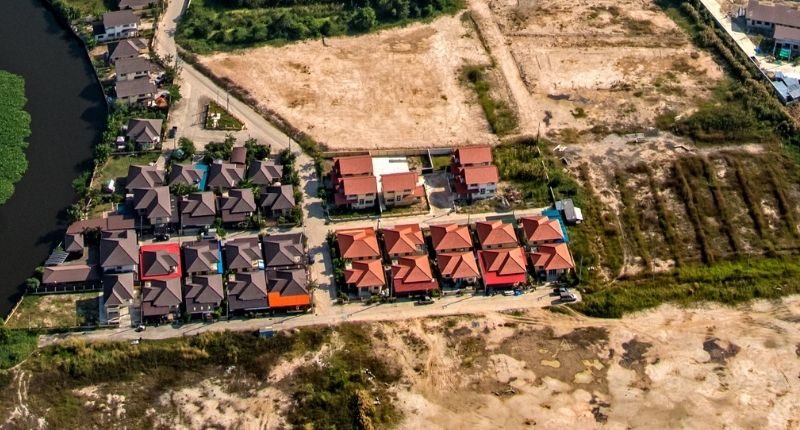- Property investing is a simple matter of demand growth versus supply growth
- Buy in an area with limited supply growth, but has potential for demand growth
- This means that buying in outer fringe land estate is not a good investment proposition
We all hear how new cars lose 20% of their value the second we drive them out of the dealership.
However, people still buy cars. They understand they are heavily depreciable assets, the first sign of a bad investment.
Cars aren’t investments, they are a lifestyle and personal choice. In some cases, they are purely functional, getting us from A to B, in others, they are conspicuous consumption, showing off our wealth. And everything in between.
The same cannot be said for property investment. We don’t invest in property for lifestyle, personal choice or necessity.
However, there are still plenty of Mum and Dad investors that sold property investments using shiny ads and clever marketing with lots of nice fittings.
New land estates
Let’s make this clear, people invest in new land estates because it is the product that is most heavily shoved down their throats by the institutions with the most money to do so – large land developers.
They are certainly not the best investment. They could be the worst.
They are sold the idea of saving money on tax or making money in the long run. However, the only people actually making money is the developer, the builder and the sales rep.
Remember always, Price Growth = Demand Growth / Supply Growth.
Demand growth appears when the willingness to buy a type of property in a certain area increases.
In the city, this ebbs and flows with opportunity, taste, skilled labour immigration and wage levels.
At the suburb level, the offerings of that suburb (location, school, shops, transport, safety etc) have more to do with people’s desire to buy in the area, and this changes over time.
Example: Rossmoyne
Rossmoyne has no more land available, but has 1,400 properties. The only time supply growth increases is when people subdivide their blocks and add a trickle of new lots of land to the market.
Let’s say demand grows by 1% for Rossmoyne for whatever reason, and that we have 1% more properties due to the occasional sub-division.
Rossmoyne’s value stays the same as 1.01%/1.01% = 1.
We can define it, we can track it, it is a finite number.
If wages (or another demand factor) were to rise by more, say 5% or 10% over a year, and the supply only rose 1% as usual, we could see that house prices would start to take off.
Another example: Ellenbrook
There’s been a steady amount of people demanding property in Ellenbrook over the last decade. The demand growth factor is therefore 1.0.
Being on the fringes of the city, there is plenty of land available for the next land development and future housing stock.
Given enough demand to get finance from the banks and historically low interest rates, the land developer will keep creating new supply because that’s their job. Up goes supply growth (above 1.0) and down goes your capital return.
Now whilst this news may be extremely disheartening to some, it is comforting to know that at some point in the past, every suburb was once a new land estate.
However, it’s not until the suburb is totally developed and all neighbouring options are as well that we can actually have a closed market of demand vs supply.
This means that one day, when Ellenbrook and Alkimos and Baldivis are no longer at the frontier of our metro region, they will eventually see true price growth and not just growth fuelled by looser lending.
The problem: gains are likely to be over a decade away.
In addition, the thousands of new homes approved to be built as a result of all the recent home building grants only adds further fuel to this oversupply.
Not only are economic fundamentals working against any relief for these suburbs, mortgage stress, but socio-demographic issues such as crime also put these suburbs at great risk of being labelled undesirable.
Conclusion
I wish there was better news, but the only solace is that I don’t see these shared by the majority of established suburbs in the Perth metro.
The broader macroeconomic fundamentals of Perth’s property market coming out of COVID-19 are as strong as they were in the last boom. Record low vacancy rates, record-high transaction numbers, and an extremely tight number of properties for sale all push the pendulum back to being a seller’s market across most of Perth’s inner-city suburbs. We are already seeing significant growth.
The prospect for Perth is promising, but I hold a heavy heart for those continuing to hold cookie-cutter property in the outer fringes.
~~
Before investing in any asset, please do your own independent research, taking into account your own personal financial situation. This article does not purport to provide financial advice. See our Terms of Use.








